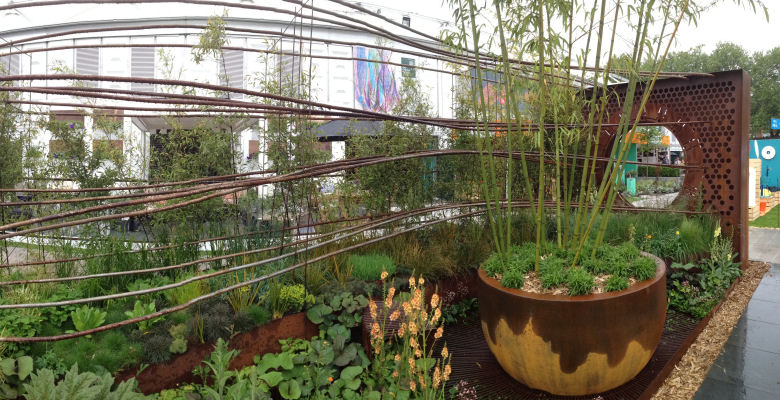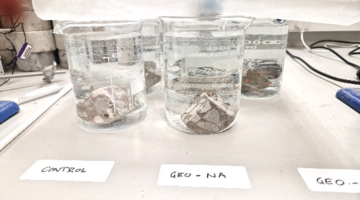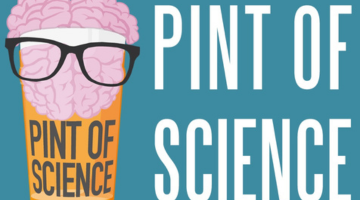Gold for Astrophysics at Chelsea

Astrophysicists have teamed up with horticulturalists, construction experts and an architect to create a garden for the 2015 RHS Chelsea Flower Show to help explain major workings of the Universe. Through innovative design and planting, the team from LJMU’s National Schools’ Observatory (NSO), will be exploring ‘Dark Matter’ and its effect on light.
The garden received a Gold Award in the Fresh Gardens category.
Sponsored by the Science and Technology Facilities Council, who fund UK involvement in Dark Matter research as well as the UK team at the Large Hadron Collider in CERN, the garden aims to excite and inspire everyone but particularly school children in the study of science through astronomy.
The National Schools' Observatory (NSO) is a major educational website, established by the University, to allow schools to make their own observations alongside professional astronomers with the world's largest fully-robotic telescope - the Liverpool Telescope, operating at the international observatory site atop a mountain in the Canary Islands.
Professor Andy Newsam, Director of the National Schools’ Observatory explains:
"Dark matter is a hypothetical kind of matter that cannot be seen with telescopes but accounts for most of the matter in the universe. The existence and properties of dark matter are inferred from its gravitational effects on visible matter, radiation, and the large-scale structure of the universe."
Understanding Dark Matter is essential since without it, the stars and galaxies around us, and even the Earth we stand on, would never have formed. It’s the big questions like this that make science exciting to new generations, including tomorrow’s scientists.
Chief designer of the garden, architect Howard Miller, explains the basis of the innovative design:
"A warped lattice of steel rods represents the bending trajectory of light around massive objects in the universe whilst invisible forces are simulated by the pulse and flow of grasses perpetually moving. The garden is bookended by a large circular opening, which symbolises the human view from telescopes on the ground into space."
Lead horticulturalist Dori Miller adds:
"The planting is predominantly grasses such as Phyllostachys Vivas and Stipa tenuissima, chosen for their movement and sound qualities in the slightest breeze. These grassy matrices are spotted with highlights of colour in yellow, orange and rust, provided by flowering plants such as Ligularia and Bergenia."
The garden is timed to celebrate the centenary of the publication of the General Theory of Relativity and also coincides with the European Year of Light.
Mike Bode, Professor of Astrophysics at LJMU's Astrophysics Research Institute, and a founder of the NSO, explains:
"Albert Einstein developed his General Theory of Relativity to help explain the fundamental workings of the Universe. Through this he also gave an accurate prediction of the way light can be bent by gravitational effects, and this is the basis of the method of detecting Dark Matter elucidated by the garden. However, today General Relativity is central to the workings of such everyday things as satnavs."
The 2015 RHS Chelsea Flower Show takes place from 19 to 23 May 2015. ‘Dark Matter’ will be one of 15 featured in the ‘Fresh Gardens’ area.
Further information is also available on the National Schools' Observatory website
This story was covered by the Liverpool Echo and the Telegraph.
Garden Designer: Howard Miller Design
Garden Contractor: Landstruction Ltd


